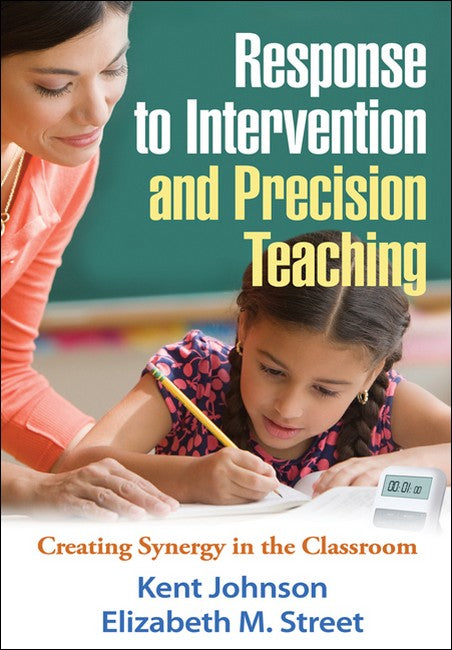1. The Response-to-Intervention Framework 2. Concepts and Principles of Precision Teaching 3. Instructional Design for Precision Teaching 4. Blending Precision Teaching Technology with the Response-to-Intervention Framework 5. Precision Teaching Technology in Practice 6. Precision Teaching in Reading 7. Precision Teaching in Writing 8. Precision Teaching in Mathematics 9. Precision Teaching in the Content Areas 10. Project-Based Inquiry, Building Complex Repertoires, and Ensuring Real-World Competence Appendix 1. Precision Decisions for the Timings Chart: Data-Driven Decisions for Performance-Based Measures within Sessions Appendix 2. Using the Timings Chart to Make Within-Session Decisions Appendix 3. A Timings Standard Celeration Chart Appendix 4. A Daily per Minute Standard Celeration Chart Appendix 5. Exercise for Tiemann and Markle's Kinds of Learning
Successful implementation of response to intervention (RTI) for academic skills problems requires rigorous progress monitoring. This book shows how the proven instructional technology known as precision teaching (PT) can facilitate progress monitoring while building K-12 students' fluency in reading, writing, math, and the content areas. Detailed instructions help general and special education teachers use PT to target specific skills at all three tiers of RTI, and incorporate it into project-based learning. Of crucial importance for RTI implementers, the book provides explicit procedures for measuring and charting learning outcomes during each PT session, and using the data to fine-tune instruction. Reproducible charts and other useful tools can be downloaded and printed in a convenient 8 1/2" x 11" size.

